Gnocchi, called gnocco in its singular form, are a form of Italian miniature dumplings made from a variety of ingredients such as wheat flour, eggs, dairy products, or even potato flour. Gnocchi dough is often rolled out and cut into miniscule pieces before being seasoned with herbs and various differing types of spices1.
It is because of the tiny size of gnocchi that it is sold in large quantities, and as such requires long-term storage if not cooking the entire batch at once. In order to properly preserve gnocchi, it is important to utilize the proper methods and equipment.
Yes, though there are some differences between choosing to freeze gnocchi that has already been cooked vis-à-vis attempting to freeze gnocchi in its dried and uncooked form. As cooked gnocchi has a significantly shorter shelf-life than if it were left uncooked, accounting for this difference in storage time is vital2.
Can You Keep Uncooked Gnocchi in the Pantry?
As uncooked gnocchi are still essentially just raw dough, they can act as a potential food source for all sorts of bacteria and fungi, which will directly cause the uncooked dumplings to spoil.
In order to avoid this, it is best to first dry out your gnocchi for up to an hour on the counter-top or through mechanical methods. Doing this will reduce the moisture present on the surface of your gnocchi and as such will also reduce how hospitable microbes may find it.
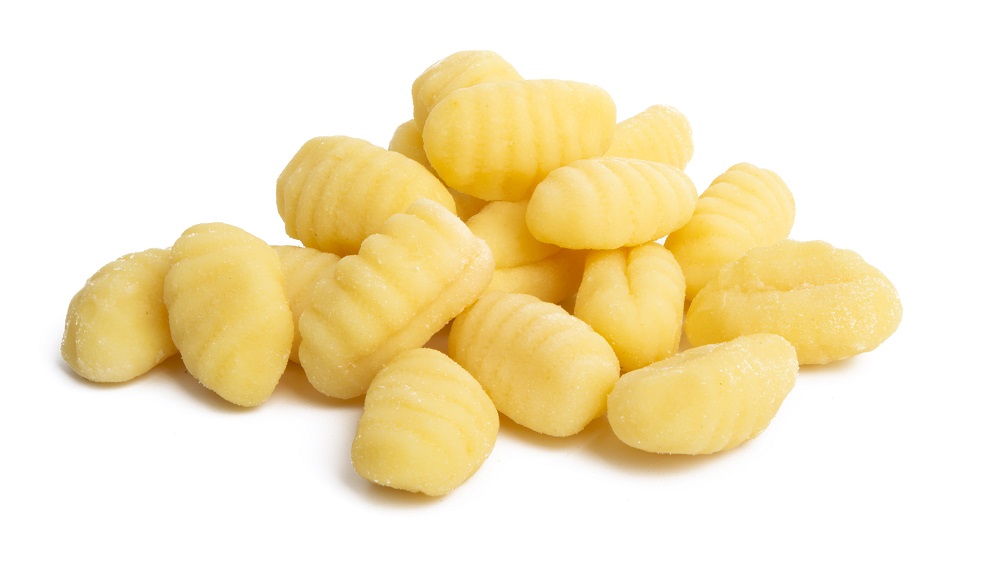
Dried and kept in an air-tight container, gnocchi will last for up to two hours only.
Keep in mind, however, that if you have purchased commercially available gnocchi instead of making it yourself, the gnocchi may last for a far longer time than this owing to the controlled atmosphere of the factory as well as sterilization techniques that may have been used.
Can You Refrigerate Cooked Gnocchi?
Refrigerating cooked gnocchi is a far more advisable route to take instead of leaving it out on the pantry, as cooked gnocchi will last a very short amount of time in room temperature conditions and high humidity.
To begin refrigerating your cooked gnocchi, you will require a bowl sufficiently large enough to contain the entire batch, ice water, an air-tight container and any sort of neutrally-flavored oil. Additionally, your refrigerator must be capable of reaching temperatures below 40°F, as any higher will not be as effective at discouraging the growth of bacteria and fungi.
Allow your cooked gnocchi to cool for several minutes before placing the ice water in your bowl. Move the gnocchi from the cooking vessel to the bowl and plunge it beneath the surface for several minutes. This will both help the gnocchi maintain its texture and shape in the refrigerator as well as prevent any condensation from forming within the container.
After sufficiently cooling the cooked gnocchi off, drain the ice-water from the dumplings, ensuring that as little water as possible is left clinging to the surface of the cooked gnocchi.
Return the gnocchi once more to the bowl and toss with several tablespoons of your neutrally flavored oil. This will provide a layer of separation between the individual gnocchi and prevent their starch molecules from binding together when placed in cold temperatures.
Once coated in your neutrally flavored oil, move the gnocchi to an air-tight container and leave in the deepest part of your fridge for up to three days. Keep this container away from the crisper drawer of your refrigerator, as the increased humidity may cause it to spoil faster.
Can You Freeze Uncooked Gnocchi?
Freezing uncooked gnocchi is the ideal way to store it for the longest possible period of time, as freezing cooked gnocchi instead will have a somewhat shorter time-frame for how long it may be edible.
In order to freeze your uncooked gnocchi, simply follow your desired recipe, adding whatever ingredients it may require. Keep in mind that certain ingredients such as eggs and dairy products will cause the gnocchi to spoil faster owing to their susceptibility to bacterial and fungal colonization.
However, prior to completing the final step of the recipe wherein you allow it to dry for several minutes, instead prepare the required equipment you will need to freeze the gnocchi. You will need a parchment-lined baking sheet, plastic cling wrap, and a freezer capable of reaching temperatures below 32°F.
How to Freeze Uncooked Gnocchi
First, place the gnocchi at spaced intervals along the parchment-lined baking sheet, ensuring that no two gnocchi dumplings are pressed tightly together, as this will both cause them to fuse as well as to freeze into a single block that will be difficult to separate and thaw.
Place the baking sheet of gnocchi in the freezer for up to two hours or until the dough becomes hard to the touch. As an added step, if one is using particularly sticky and glutinous dough such as potato flour, brushing your individual gnocchi with either flour or a neutrally-flavored oil will help prevent them from sticking together even further.
After two hours, remove the baking tray from the freezer and separate the gnocchi from the parchment. A small amount of sticking may occur depending on how well-greased the parchment is, so ensure that the gnocchi is not deformed from this step.
Place the gnocchi on top of a sheet of plastic cling wrap. There is no longer any need to separate the uncooked gnocchi, as the freezing temperatures will keep them from fusing together completely.
Divide the batch of uncooked gnocchi into your desired serving size, wrapping each in a sheet of plastic cling wrap. Double this layer by wrapping it in the opposite direction, leaving no space for air-flow to pass through.
Leave the wrapped gnocchi in your freezer for up to two months. This process will minimize any damage to the texture and taste that may occur during freezing.
Can You Freeze Cooked Gnocchi?
No. It is an unwise choice to freeze gnocchi that has already been cooked, as cooked gnocchi do not have the same resistance to freezing as its uncooked counterpart, and as such will suffer in terms of texture and shape after thawing from the freezer.
The best way to preserve gnocchi, especially if cooked at home, is to shape it and freeze it prior to cooking. It is inadvisable to do this after it has been baked as the gnocchi will turn to mush.
References
1. Serventi, Silvano; Françoise Sabban (2002). Pasta: The Story of a Universal Food. Trans. Antony Shugaar. New York: Columbia University Press.
2. Alessandrini, Laura; Balestra, Federica; Romani, Santina; Rocculi, Pietro; Rosa, Marco Dalla (2010-11-01). “Physicochemical and Sensory Properties of Fresh Potato-Based Pasta (Gnocchi)”. Journal of Food Science

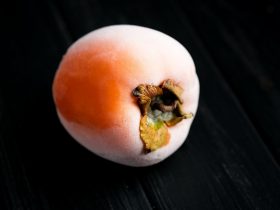
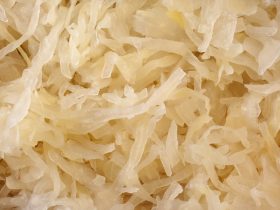
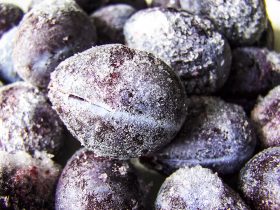
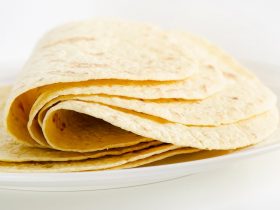
Hi, I'm Dom
Dom Eats was started to help other people fall in love with food. While cooking can feel intimidating, it doesn't have to be.